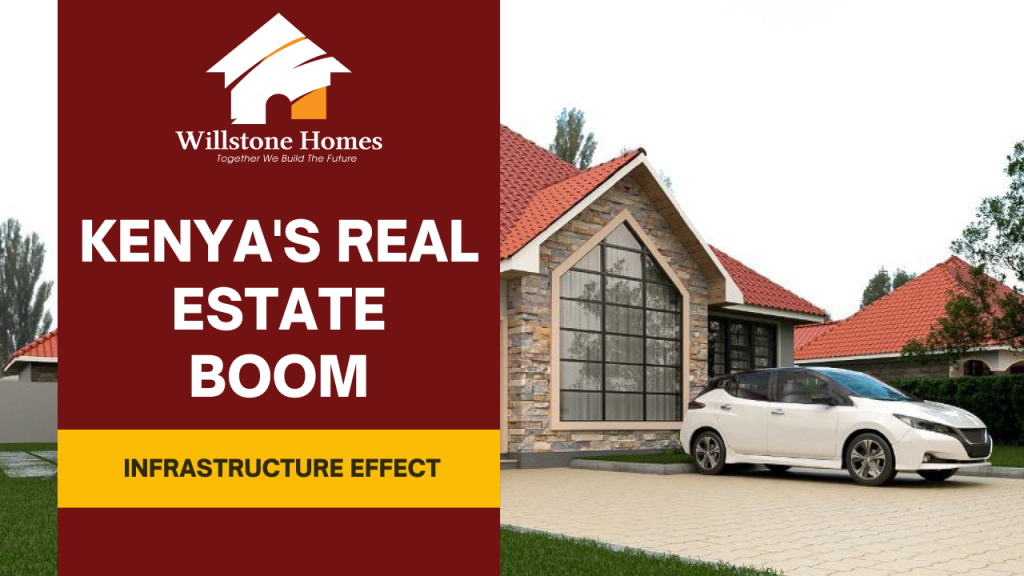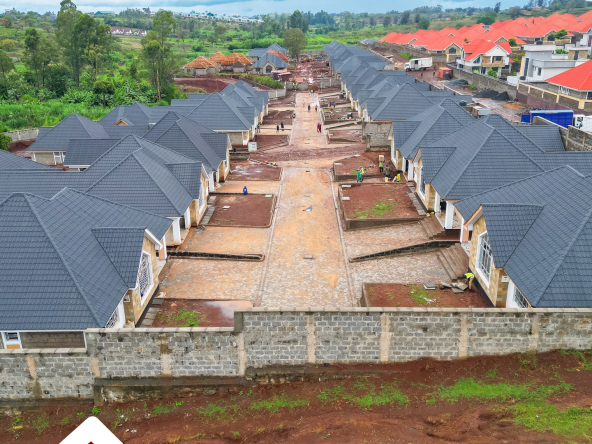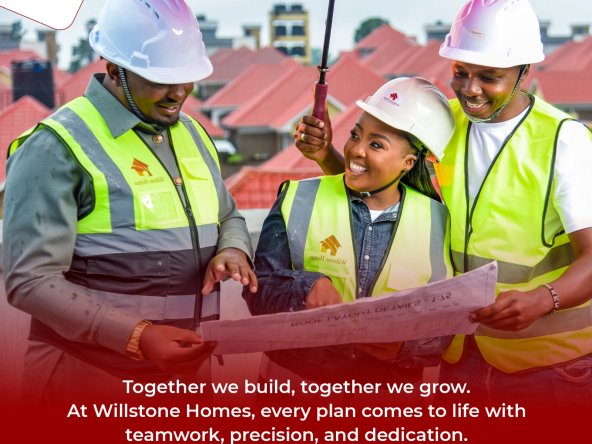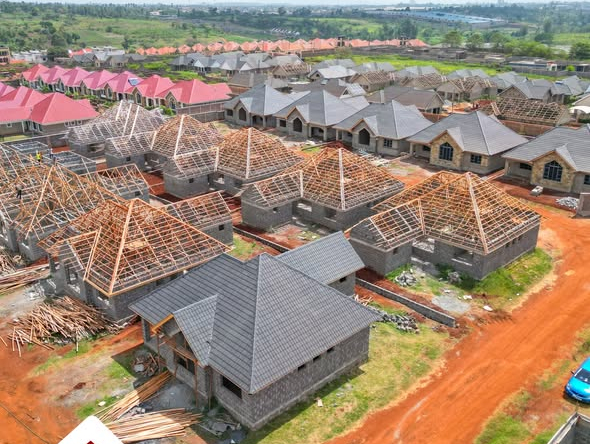The construction sector in Kenya is under mounting cost pressure. Growing complexity, global supply chain tension, and local market dynamics have combined to ramp up budgets, squeeze margins, and delay project delivery. From soaring material prices and wage inflation to foreign-exchange swings and labour bottlenecks, the forces at play are multiple — and unless they’re proactively managed, they threaten both profitability and project viability.
Contact Us
- Park Suites, 44 Parklands Road, Ground Floor, Suite 1, Willstone Homes
- +254711082011
- [email protected]
In this article we explore what’s causing construction cost escalation in Kenya, provide latest data on input-cost trends, and offer practical mitigation strategies developers, contractors and investors can adopt to protect their margins and project timelines.
Read Also: Kenyan Real Estate Market 2025: Knight Frank Report Shows 5.6% Growth as Nairobi Leads Recovery
1. Why Costs Are Rising: The Key Drivers

a) Material Price Inflation
One of the biggest contributors to cost escalation is the spike in key materials. According to the Kenya National Bureau of Statistics (KNBS), the Construction Input Price Index (CIPI) rose from 119.05 in Q1 of 2025 to 119.75 in Q2 of 2025, largely due to material cost increases.
Specifically:
- Cement increased by ~2.63% in Q2.
- Steel & reinforcement bars rose by ~1.52%.
b) Labour Shortages & Wage Pressure
A limited pool of skilled tradespeople (e.g., masons, structural welders, finishing carpenters) has led to higher wages and slower productivity. Extended timelines from labour bottlenecks often drag projects into inflationary cycles.
c) Scope Changes & Delays
When a project is delayed or changes scope mid-construction, it often enters periods of rising inflation. With time, even fixed contracts become less stable as input prices move.
d) Currency & Import Dependence
Kenya’s reliance on imported materials (e.g., structural steel, special components) means foreign-exchange fluctuations directly affect landed cost. A weaker KSh raises the local cost of imports and adds uncertainty to budgeting.
2. Latest Data Snapshot
Here are some of the most recent and relevant metrics that document cost escalation in the Kenyan construction sector:
| Indicator | Value / Trend | What it Means |
|---|---|---|
| Construction Input Price Index (KNBS Q2 2025) | 119.75 (from 119.05 in Q1) | Modest but meaningful quarterly cost rise. |
| Material Sub-indices (Q2 2025) | Cement: +2.63%, Concrete/Asphalt: +2.86%, Steel/Rebars: +1.52% | Confirms material cost is a major driver. |
| Average Construction Cost (2025 Handbook) | Residential in Nairobi: ~KES 54,730 per m² for standard bungalows | Highlights regional cost benchmarks. |
| Overall Cost Increase (2021-2025) | ~12.1% average increase in Kenya | Long-term cost escalation trend. |
3. How to Mitigate Construction Cost Escalation
Comprehensive Planning & Scope Control
- Finalise design, drawings and specifications before breaking ground — change-orders during construction drive major budget creep.
- Clearly define scope and include escalation clauses in the contract to share risk.
Procurement Strategy Optimisation
- Bulk purchasing of long-lead items (steel, cement) helps lock pricing ahead of inflation.
- Phased procurement, especially for materials with less immediate exposure, lets you hedge timing risk.
- Negotiate price-lock contracts or pre-agree escalation triggers with suppliers.
Labour & Productivity Management
- Invest in skilled labour training early (in-house or subcontractor) to reduce productivity risk.
- Use modular construction or pre-fabrication for critical components to cut on-site labour time.
- Monitor labour hours and productivity metrics regularly — data = early warning.
Use Technology & Real-Time Data
- Adopt software for real-time cost tracking, enabling you to flag cost drift early.
- Use Building Information Modelling (BIM) or 4D scheduling to foresee clashes or delays before they hit budget.
- Maintain a construction cost database to benchmark rates and identify market shifts (see Kenya’s emerging central cost database initiative).
Contract Structure & Risk Sharing
- Include escalation clauses that link cost increases (e.g., material indices) to contract adjustments.
- Build contingency buffers into budgets (e.g., 5-10% of direct cost) as risk allowances.
- Use design-build or fixed-price contracts where possible — but only if the scope is well-defined.
Localisation & Supply-Chain Resilience
- Where feasible, source local materials to reduce import exposure and foreign-exchange risk.
- Develop supplier relationships and pre-qualify multiple vendors to avoid single-source dependency.
- Consider cash-flow timing of material purchases to align with local currency strength periods.
Read Also: The Evolving Heart of Homeownership: Real Estate Trends Redefining How Kenyans Want to Live
4. Case Example: Residential Construction Costs Nairobi (2025)

From the 2025 Construction Costs in Kenya Handbook:
- Standard bungalow in Nairobi: KES 54,730 per m² (~KES 5,085 per ft²)
- Luxury maisonette: KES 94,270 per m².
This stark range underlines how property type and finish level magnify cost risk — where luxury finishes also amplify exposure to material price swings.
Cost escalation in Kenya’s construction sector isn’t simply about inflation — it’s about complex interactions among materials, labour, procurement, contracts and external risks. Developers and contractors that succeed are those who treat cost escalation not as an after-thought but as a core project risk to be managed from day one.
By combining rigorous planning, data-driven procurement, smart contract structures, and technology-enabled monitoring, stakeholders can protect margins, maintain timelines and deliver value in spite of upward cost pressure.
In a market where every Kenyan shilling counts, preparation and responsiveness will separate the resilient projects from the ones that struggle.




